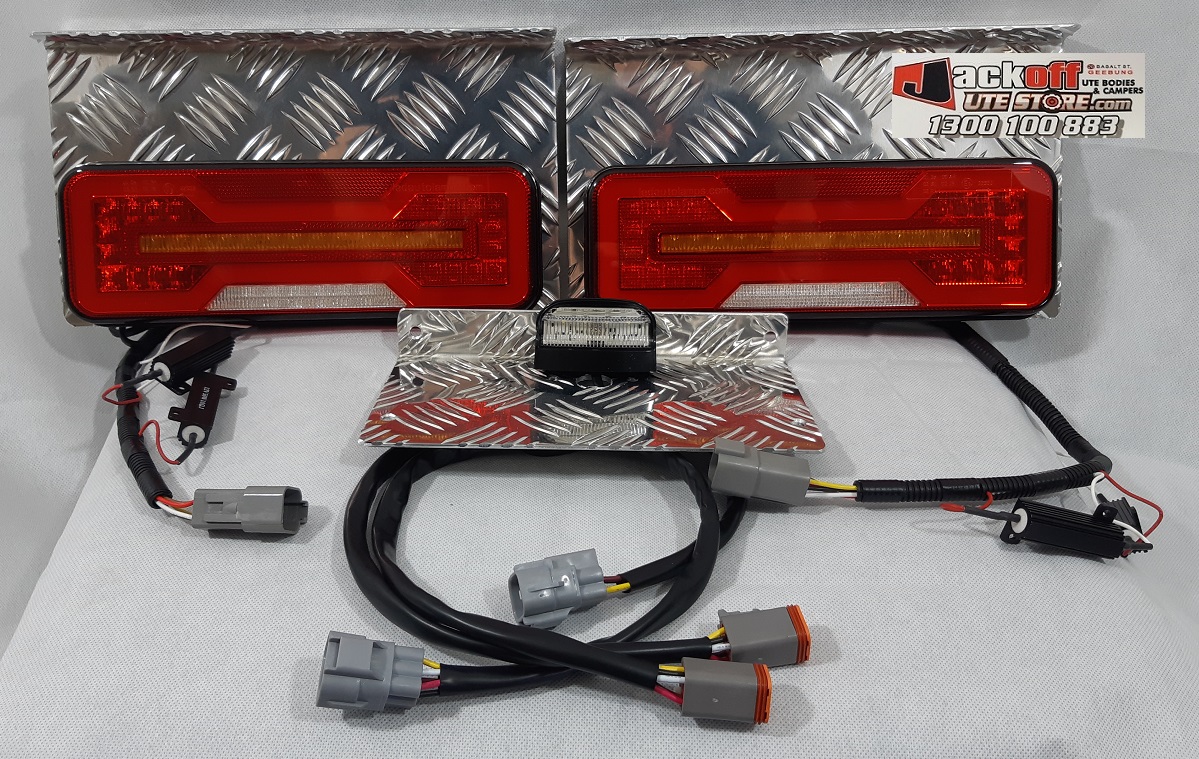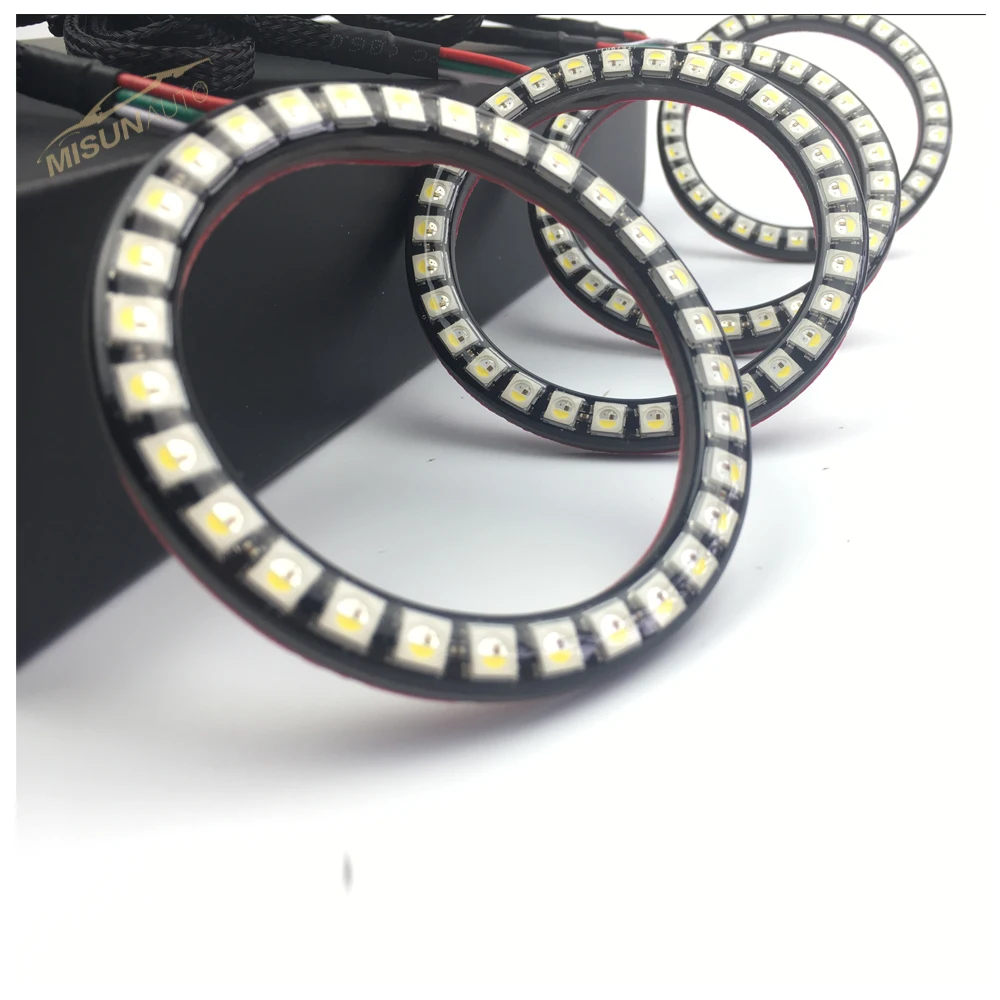
- #SEQUENTIAL LIGHTING MOD#
- #SEQUENTIAL LIGHTING DRIVER#
- #SEQUENTIAL LIGHTING UPGRADE#
- #SEQUENTIAL LIGHTING SERIES#
#SEQUENTIAL LIGHTING UPGRADE#
Looking to upgrade your truck? No revamp is complete without our Sidekick Sequential Running Board Kit - our top-quality switchback LED strips that make everyone else’s ride look second-tier. Sync the exclusive sequential amber turn signals with your ride to ensure everyone knows who’s tearing up the road. The capacitor at the base of T3 is placed so that the transistor switches after a while, and allows the last LED at pin #11 to light up completely before the whole “array” gets shut off.The Only Sequential Running Board Kit On The Road.
#SEQUENTIAL LIGHTING SERIES#
Alternatively you may add VR1 and VR2 in series with R2 and R3 for directly varying the display rates as desired. Here we have used the common transistor type of AMV, which is perhaps the most simple to build and configure.Ĭ1 and C2 may be varied for getting different clock pulses that would in turn decide the forming rate of the LED bar. The shifting or the sequencing of the outputs is directly depended on the frequency of the input clocks, applied at pin #14 of the IC.Īny astable multivibrator may be used for sourcing the clocks. The SCR latch breaks, shutting off the whole array and the sequence gets initiated again from LED 1 at pin #3. Pin #11 being the last pin out in the whole sequence remains at logic low until the sequence concludes over it, making it also go high.Īs soon as pin #11 becomes high, the base of T3 is inhibited from conduction, switching off the power to the LEDs and the SCR. T3 being a PNP transistor, remains switched ON as long as the output at pin #11 is low. The switch-off feature of the LED chain is implemented by T3 and is introduced exactly for this function.

When the IC outputs start generating the shifting pulses, the SCRs close one after the other, illuminating the LEDs in sequence and latch the illuminations in the incrementing order until the last LED is lit. Referring to the figure we see that all the output pin outs of the IC are configured to the gates of the corresponding SCRs, and the LED are connected across the positive and the anodes of the scr. The function is available only with DC supplies though, and here the circuit being operated with a DC, becomes perfectly suitable for the above application. As we all know an SCR is one device which latches up its output pin outs when its gate is triggered. To keep the LEDs hold their illuminations even with the sequencing logic going low, we would require some kind latching arrangement with the LEDs for implementing the trick. However since it won’t be possible to do any modification inside the chip, probably doing this through external amendment is the option left. Once the whole sequence ends, the entire LED string is shut off and the cycle repeats all over again. It means now as the illuminating sequence begins, the LEDs light up one after the other to form an illuminated “bar,” until the whole array is lit up. One idea would be to stop the former LEDs in the sequence from shutting down while the array is sequencing.

So, what can we do to improve the above feature such that the engaged lights become more attractive and the sequencing feature is also exploited at the same time? However the sequencing factor of the IC cannot be ignored as it’s one complex function that cannot be achieved a single IC and the chip must be credited for this attribute.

This is because, only one LED or lamp glows at any instant while sequencing, not enough to make the system very eye-catching. Though the effect looks interesting, fails to bewitch the folks simply because the illuminations produced are very low. If LEDs are connected to the outputs, the above sequence would produce an effect of an illuminated “dot” jumping from start to finish and repeating the sequence. The outputs become high in sequence such that the previous output becomes low immediately as the “high” position “leaps” through the assigned pi-outs. As we all know, the normal functioning of the IC involves sequential shifting of its outputs 1 to 11, in response to a clock signal applied at its pin #14.
#SEQUENTIAL LIGHTING DRIVER#
The main component of this sequential LED driver circuit is the popular Johnson’s Decade Counter IC 4017. The circuit uses the ordinary IC 4017 for implementing this interesting LED light sequence. The LEDs start from one of the 10 pin outs of the IC and go on switching one after the other until all the LEDs are lit forming an incrementing lighting.
#SEQUENTIAL LIGHTING MOD#
Let’s learn how we can mod the IC for the operations.

The article describes a simple method of making an incremental LED light using the IC 4017, which is rather equipped with specifications not suiting the present functions.


 0 kommentar(er)
0 kommentar(er)
